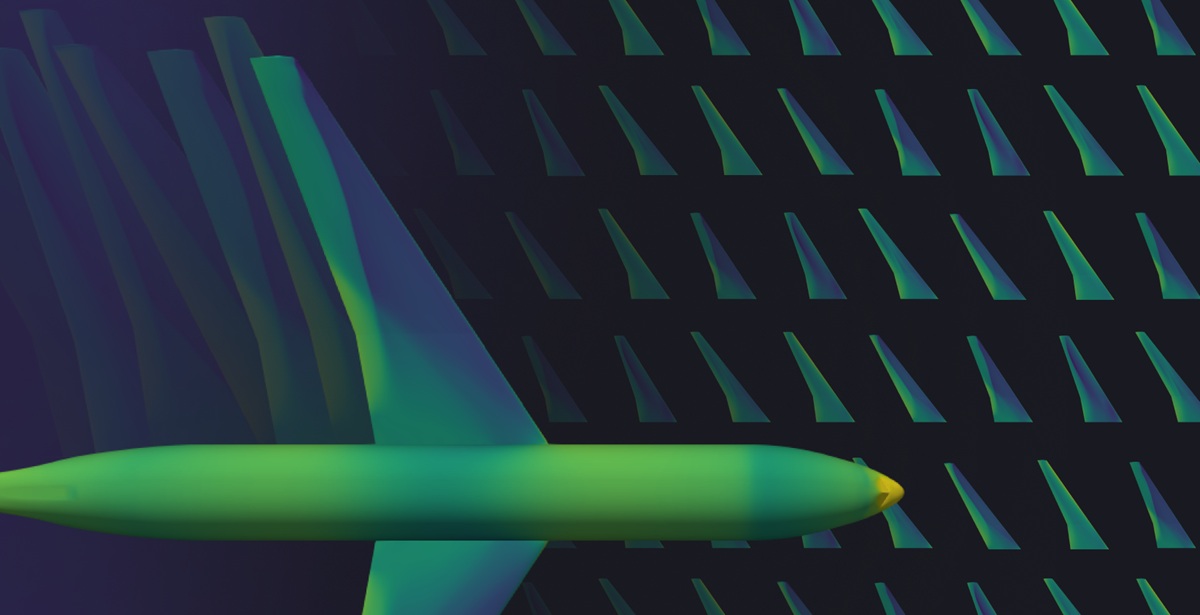Luminary Cloud, a physics AI platform, announced Shift-Wing, its newest physics AI model in the Shift family.
This model will enable aircraft designers and aerospace engineers to explore more designs, earlier in the conceptual design phase and avoid costly late-stage rework by performing real-time, high-speed aerodynamic analysis of transonic wings with Physics AI inference.

Unlock premium content and VIP community perks with GB M A X!
Join now to enjoy our free and premium membership perks.
![]()

![]()